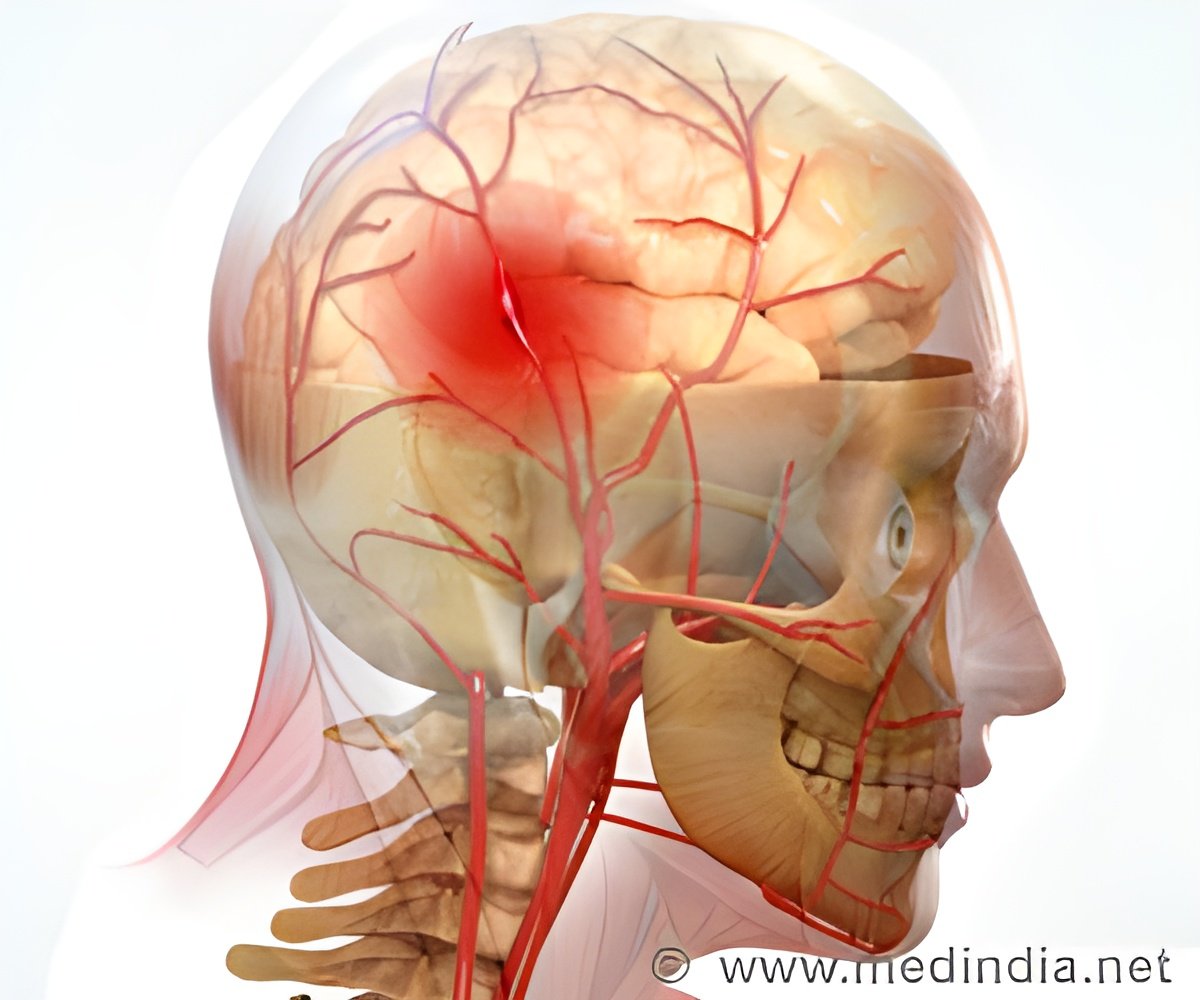A chemical compound that reduces the risk of dangerous stroke-causing blood vessel spasms that rupture a vessel in the brain, has now been identified by a team of researchers from John Hopkins

When an aneurysm — essentially a blister-like bulge in the wall of a blood vessel — bursts, blood spills into the fluid-filled space that cushions the brain inside the skull. If a patient survives a ruptured aneurysm, between 20 and 40 percent of the time, this brain bleed, called a subarachnoid hemorrhage, will lead to an ischemic stroke within four to 21 days, even when the aneurysm is surgically clipped.
"We're a long way from applying this to humans, but it's a good start," says Johns Hopkins neurosurgery resident Tomas Garzon-Muvdi, M.D., M.Sc., one of the authors of the study led by Rafael J. Tamargo, M.D., and described in the October issue of the journal Neurosurgery.
To conduct their experiments, Garzon-Muvdi and his colleagues took blood from mouse leg arteries and injected it behind their necks to mimic what happens in a subarachnoid hemorrhage. Then they gave the mice a compound called (S)-4-carboxyphenylglycine (S-4-CPG), a placebo or nothing at all. The mice given S-4-CPG developed less vasospasm, looked better and were more active than those in the other two groups.
The scientists also found concentrations of the drug in the brains of the mice, showing that it was able to cross the often impermeable blood-brain barrier. The researchers chose the compound because it is similar to drugs that have been used in stroke research in rodents. It is not approved for any use in humans.
Garzon-Muvdi explains that when blood vessels break anywhere but the brain, the body's immune cells easily clear the blood cells and their remnants from the area. This is what happens with a bruise, when immune cells rush to the area, and a chemical cascade scavenges and disperses the remnants of excess blood components.
The Johns Hopkins researchers say S-4-CPG keeps glutamate "in check," prevents or reduces vasospasm and allows oxygen-filled blood to continue flowing into the brain.
In the ICU, doctors can order regular angiograms or ultrasounds to measure blood flow in vessels. If need be, they can increase blood pressure to send blood through vessels faster in the hopes of counteracting the constriction.
A drug to prevent stroke after a serious subarachnoid hemorrhage that follows the rupture of an aneurysm would improve quality of life for patients, Garzon-Muvdi says, and could potentially save millions of dollars in health care costs if patients don't have to endure extensive hospital stays to monitor for a delayed stroke.
Source-Eurekalert
 MEDINDIA
MEDINDIA



 Email
Email








